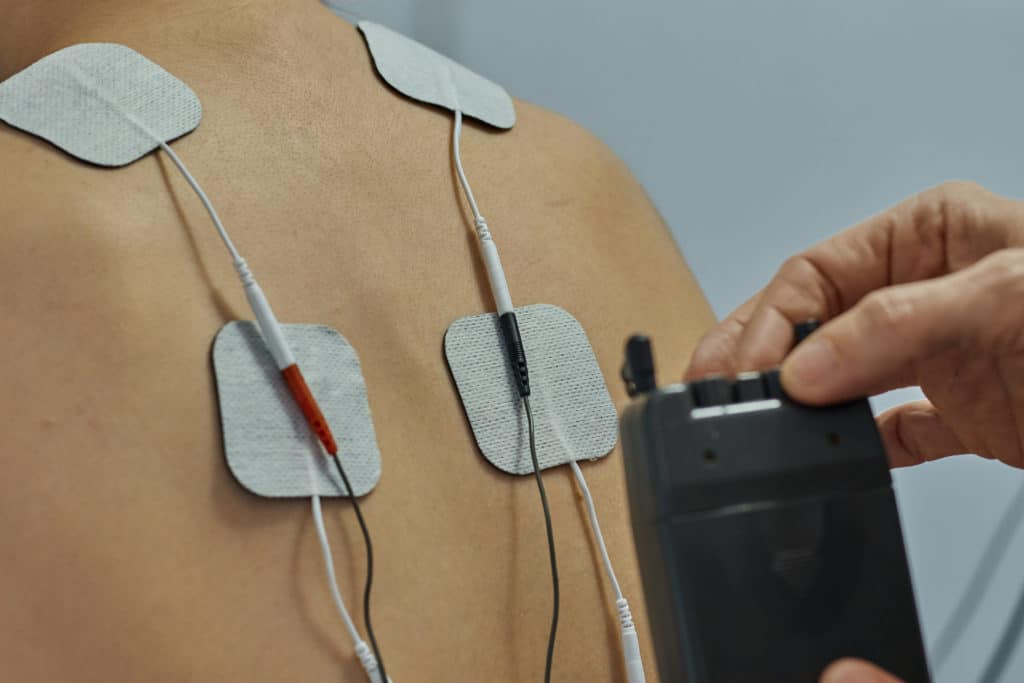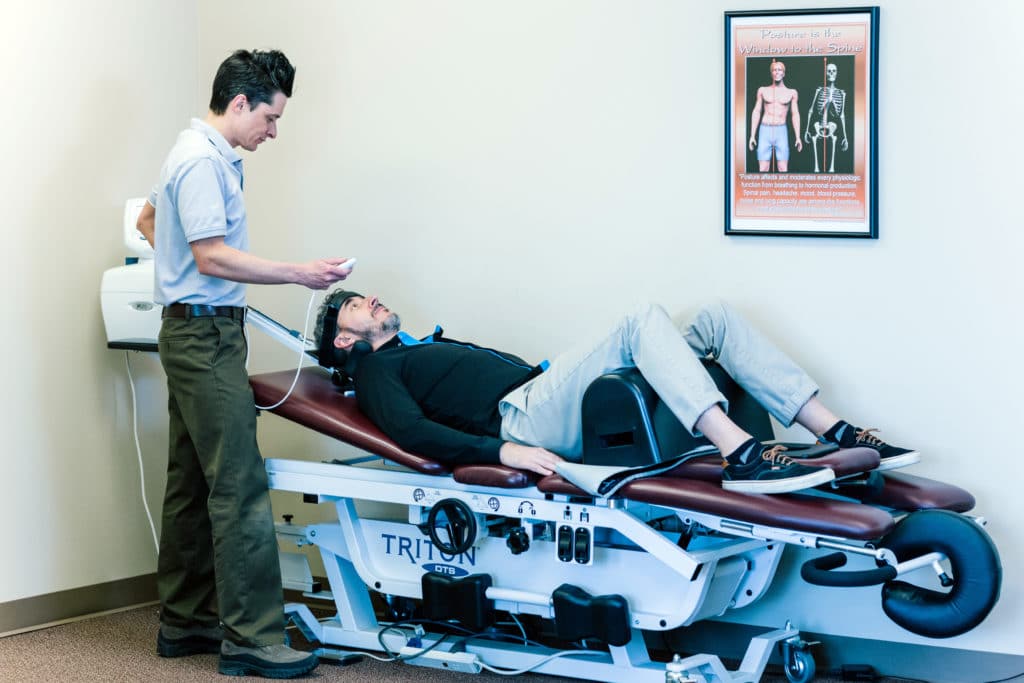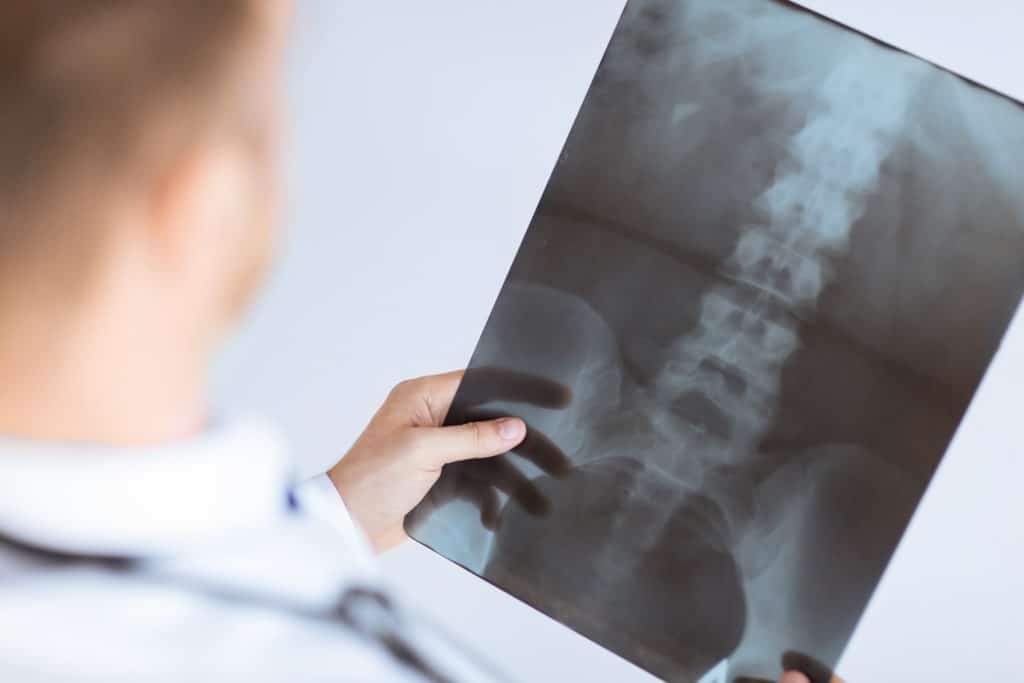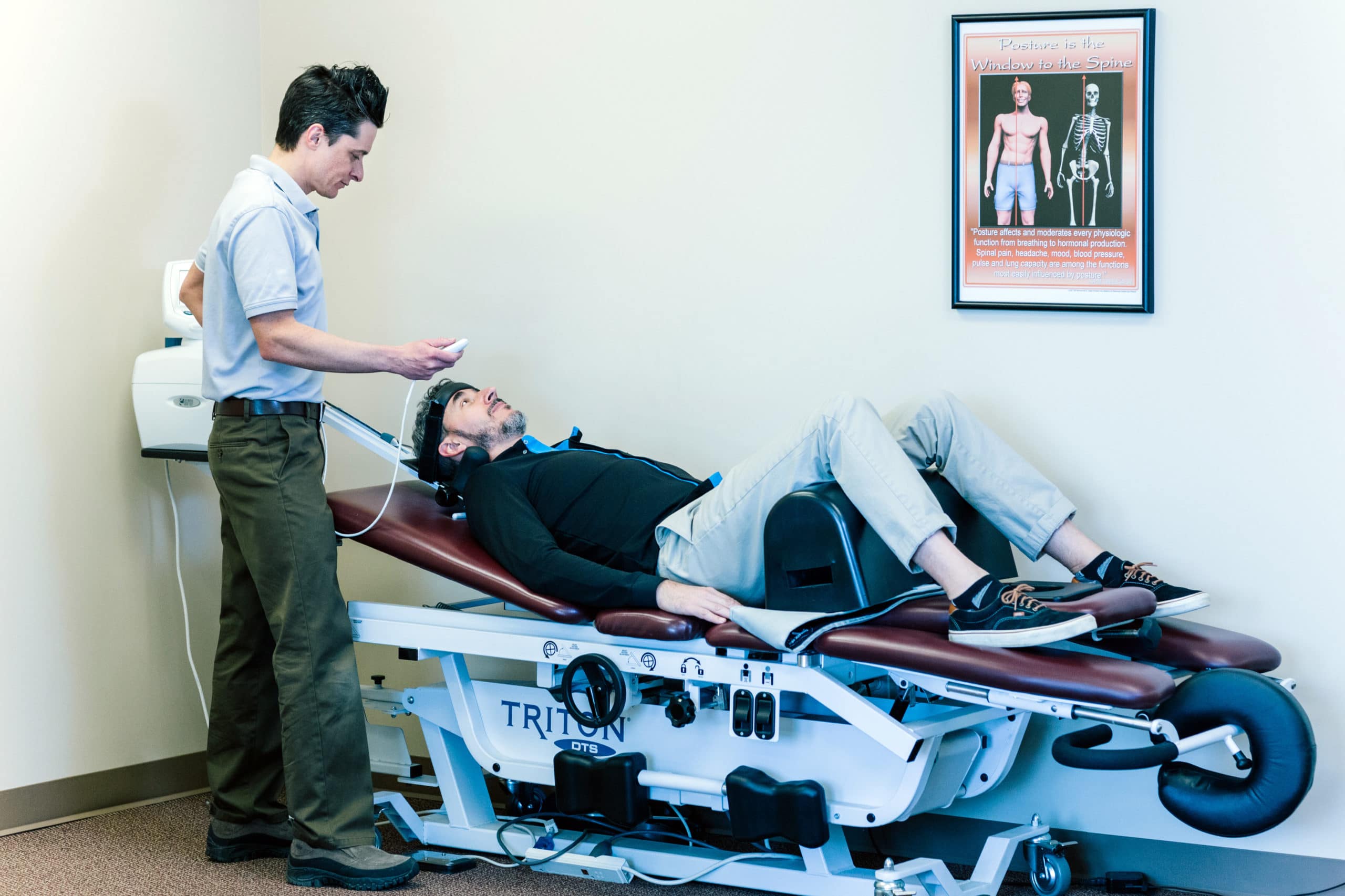A visit to any new doctor is an apprehensive affair. Unfamiliarity with the personnel and surroundings adds to any nervousness we feel about treatment itself. We hope to mitigate some of those concerns here by explaining some of the chiropractic tools you can expect to see next time you visit your chiropractor.
The biggest thing to remember is that everything you see in a chiropractic office is designed to relieve pain. Though they may look intimidating because they are unfamiliar, all of the chiropractic tools and equipment we’ll discuss have been developed with your lasting healing in mind.
Chiropractic Tools
The most important chiropractic tools are without question your chiropractor’s hands. To assist them, there is an array of tools and equipment that offer supplemental help. While not all chiropractic offices have all the tools listed below, you are more than likely to find at least a few on hand.
Activator Adjusting Tool
Looking like a tiny pogo stick, the activator adjusting tool is also spring-loaded. This chiropractic tool sends a small impact through the spine to realign it with precision. This means the corrections to the alignment can be made without the body seizing up in anticipation.
Impulse Adjusting Tool
The impulse adjusting tool is similar to the activator adjusting tool, but it uses electrical impulses instead of mechanical force. This allows your chiropractor to make minute adjustments for a more tailored adjustment.
Class IV Laser
Class IV, or cold, lasers capitalize on the principle of photobiostimulation. Energy in the form of light without heat is added to an inflamed area, and as a result, the cells in that area are stimulated to go about their work of healing. The process is painless and very safe.
Inclinometer
Inclinometers test joint range of motion. During chiropractic treatment, a chiropractor will gauge the measurements given by the inclinometer to know how to subtly course-correct each adjustment.

TENS Device
Tens (Transcutaneous Electrical Nerve Stimulation) technology works as an alternative to chemical pain relief. Electrodes in contact with the patient’s skin send electrical impulses through the body’s nerve pathways. The slight tingling sensation that follows essentially edges out the pain being treated. TENS devices come in a variety of sizes, including battery-powered units that can be used at home.
SOT Blocks, Cushions, and Wedges
As part of the Sacro-occipital technique (SOT), blocks and other cushions are placed under specific centers (i.e. a patient’s rib cage, lower back, and knees) to support and elevate them during an adjustment. The blocks are sturdy but comfortable and can relieve tension on areas of misalignment.
Foam Rollers
Different from other chiropractic blocks, foam rollers are designed to move during treatment as a patient rolls back and forth. The rollers support areas of pain during this gentle exercise, and the result is a lessening of soreness in the muscles.
Chiropractic Equipment
While in the strictest sense, the equipment at a chiropractor’s office could still be called chiropractic tools, we differentiate them here by portability. Your chiropractor will not pick up the X-ray machine, and you certainly couldn’t keep one on the desk at home.

Chiropractic Table
There are actually several kinds of chiropractic tables. Pediatric tables are designed specifically for juvenile patients, while elevation tables can be raised by the chiropractor with a foot pump. Traction tables are used for spinal decompression techniques and allow a patient to be secured to the table while sections of it shift.
Ultrasound
Although most commonly associated with prenatal imaging, ultrasounds have beneficial applications in chiropractic care as well. Diagnostically, they can help your chiropractor have a clear picture of the source of joint or bone pain. They can also be used therapeutically by sending sound waves into deep tissue. That energy fuels cellular healing, relieving pain in muscles and other soft tissues.

X-Ray Machine
As a chiropractor is a doctor of the spine, x-ray technology can be very helpful in diagnosing bone problems. X-rays utilize electromagnetic radiation to create a digital image of a patient’s skeleton. X-ray imaging can allow chiropractors to pinpoint more serious problems than typical misalignment. These scans can also be passed on to other physicians if necessary.
Tools of the Trade
Understanding the spectrum of chiropractic tools is beneficial not just for minimizing nervousness but also to help you understand each step of your chiropractic treatment. If you have further questions about chiropractic equipment, feel free to reach out to us at Pinnacle Chiropractic or ask Dr. Casselman during your next appointment.



